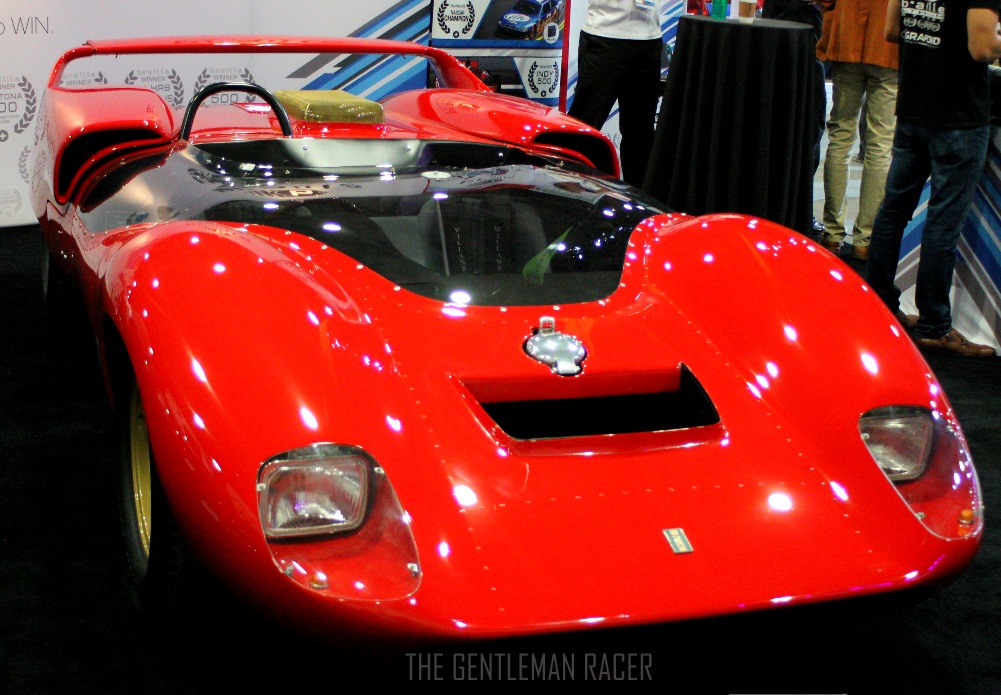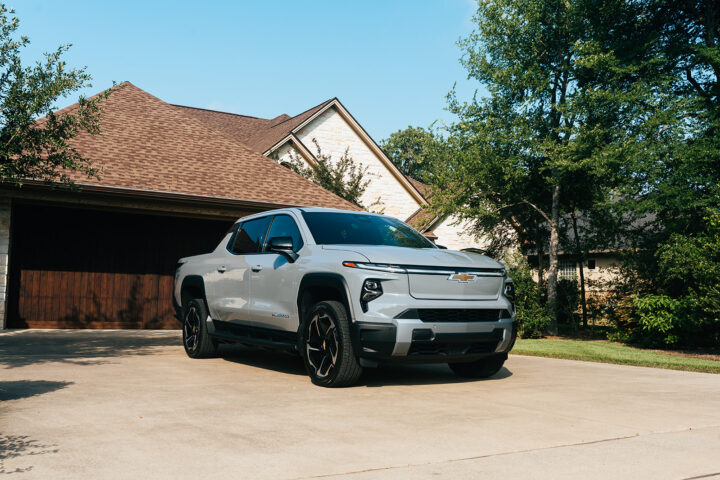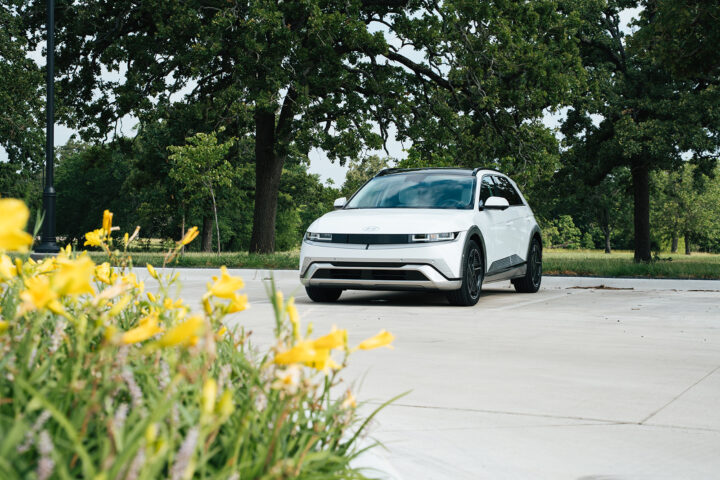In 1963 Carroll Shelby’s Cobra roadsters were dominant winning the Sports Car Club of America’s new, professional, racing series that would eventually become known as the Can Am. In 1964 Shelby switched to mid-engined, English-built Cooper chassis, called King Cobras, still using his proven, Cobra 289 Ford engines that had brought his teams glory both in the USA and in Europe. By the end of that season though it was evident that something far more powerful and aerodynamically advanced would be needed for the ’65 racing season. McLaren, Lola and Lotus were all planning new cars with even larger engines to win the now incredibly popular Can Am series.
To counter the expected competition Shelby called Alejandro DeTomaso in Italy and asked if he could design and build a new chassis with a 427 racing engine based on Shelby’s 289 Ford-Cobra small-block. When DeTomaso promised he could have the new car and engine ready for the ’65 season Shelby agreed to buy six of the new racers. Shelby’s chief designer Peter Brock, who had already penned Shelby’s radical Daytona Cobra Coupe and Bill Mitchell’s ground-breaking Corvette Sting Ray Racer, designed an innovative, winged body to fit DeTomaso’s new chassis and then flew to Italy to oversee the car’s construction in Modena.
DeTomaso’s new cylinder heads for the Cobra engine were proving powerful on the dyno, but the promised bored and stroked 7 liter version of the 289 was behind schedule causing Shelby some concern.
Brock’s new Can Am design was fabricated at Carrozzeria Fantuzzi in Modena. As the beginning of the ’65 racing season approached it became evident that DeTomaso’s special engine would not be ready to compete against the new 7 liter, all-alloy Chevrolet engines that would power the competition. Without the new engine the Shelby-DeTomaso racer was already obsolete before it was finished! Shelby backed out of the project leaving DeTomaso with this Proto P70 (for 7 liter engine) and five partially completed chassis. DeTomaso, angry with Shelby’s decision, vowed to kill the Texan’s King Cobras with the snake’s natural enemy….the Mangusta! (Mongoose)
Since the P70 had been built to American Can Am rules (note the frontal area cheating “windscreen”) it was not legal to run in the European FIA based events so DeTomaso used the still-born P70 as an “engineering concept” show car for publicity in the 1965 Turin auto show. Soon thereafter DeTomaso introduced his new “Cobra Killer” the mid-engined Mangusta based on the P70’s radical backbone chassis. Unfortunately for DeTomaso the FIA changed its engine size rules that year to favor Ferrari’s 3 liter engines, essentially eliminating DeTomaso’s plan to race this 289 (4.7liter) based proto in Europe.
The P70 was placed in DeTomaso’s warehouse in Modena where it sat unmolested for almost 40 years. When the factory went into receivership in 2008 the P70 was rediscovered and eventually restored for the enjoyment of today’s vintage racing enthusiasts and connoisseurs of automotive design.
Those who savor the art of hand-built, sports-racing prototypes that were designed more by intuition than science, long before the age of computers, can appreciate this radical aero-influenced racer from a bygone era. Today the Shelby-DeTomaso P70 remains as one of the last great pieces of automotive art designed and built during the golden age of the tiny Italian Carrozzerias.
























